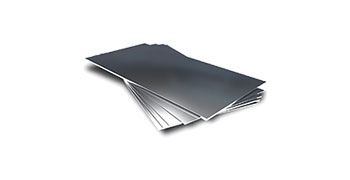core · product
Super stainless steel is a special type of stainless steel, which is different from ordinary stainless steel 304 in chemical composition. It refers to a high alloy stainless steel with high nickel, high chromium, and high molybdenum content. Secondly, in terms of high temperature or corrosion resistance, compared with 304, it has better high temperature or corrosion resistance, which is irreplaceable by 304. In addition, from the classification of stainless steel, the metallographic structure of special stainless steel is a stable austenite metallographic structure. In order to meet the demand for comprehensive corrosion resistance in harsh media in modern industrial development, the chromium, nickel, and molybdenum content of stainless steel pipes such as 304 and 316 were increased, and elements such as copper and silicon were added or residual impurities were reduced. Many new high alloy grades were also developed, such as 317LM (00Cr18Ni16Mo5) and 904L stainless steel (00Cr20Ni25Mo4.5Cu) containing about 4.5% Mo, as well as urea grade, nitric acid grade, and nuclear grade Austenitic stainless steel pipes of food grade and other types. According to statistics on the extensive corrosion damage forms of stainless steel pipes from 1962 to 1997, it can be seen that comprehensive corrosion and intergranular corrosion have significantly decreased from 1962 to 1971. However, from 1962 to 1997, local corrosion such as stress corrosion, pitting corrosion, interstitial corrosion, and corrosion fatigue still accounted for a relatively high proportion in corrosion damage. Among them, pitting corrosion and crevice corrosion still account for more than 20%, while stress corrosion and corrosion fatigue still account for more than 10%. Through research, it has been understood that increasing the nickel content in austenitic stainless steel pipes can significantly improve the stress corrosion resistance of steel, and increasing the chromium and molybdenum content can significantly improve the resistance to pitting and crevice corrosion of steel. Stress corrosion and corrosion fatigue usually originate from pitting and crevice corrosion. Therefore, people have begun to pay attention to the development of high alloy austenitic stainless steel with excellent resistance to pitting and crevice corrosion.






















































